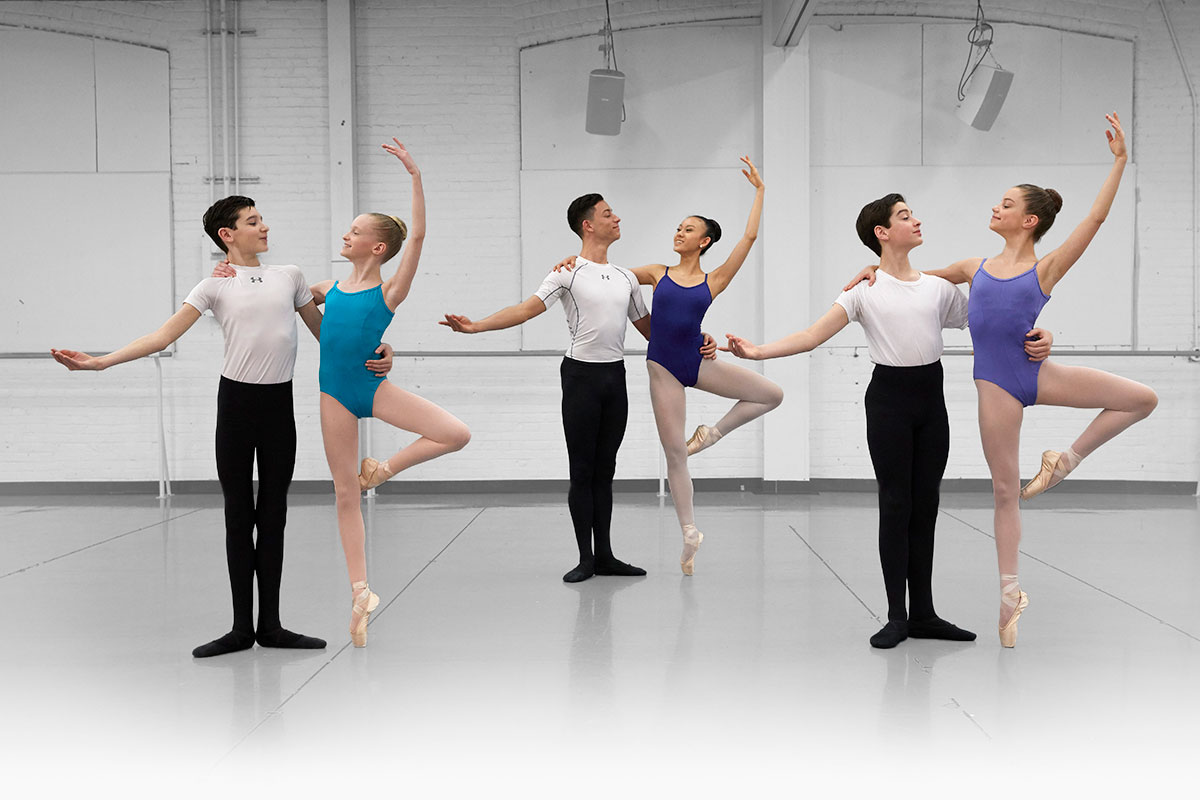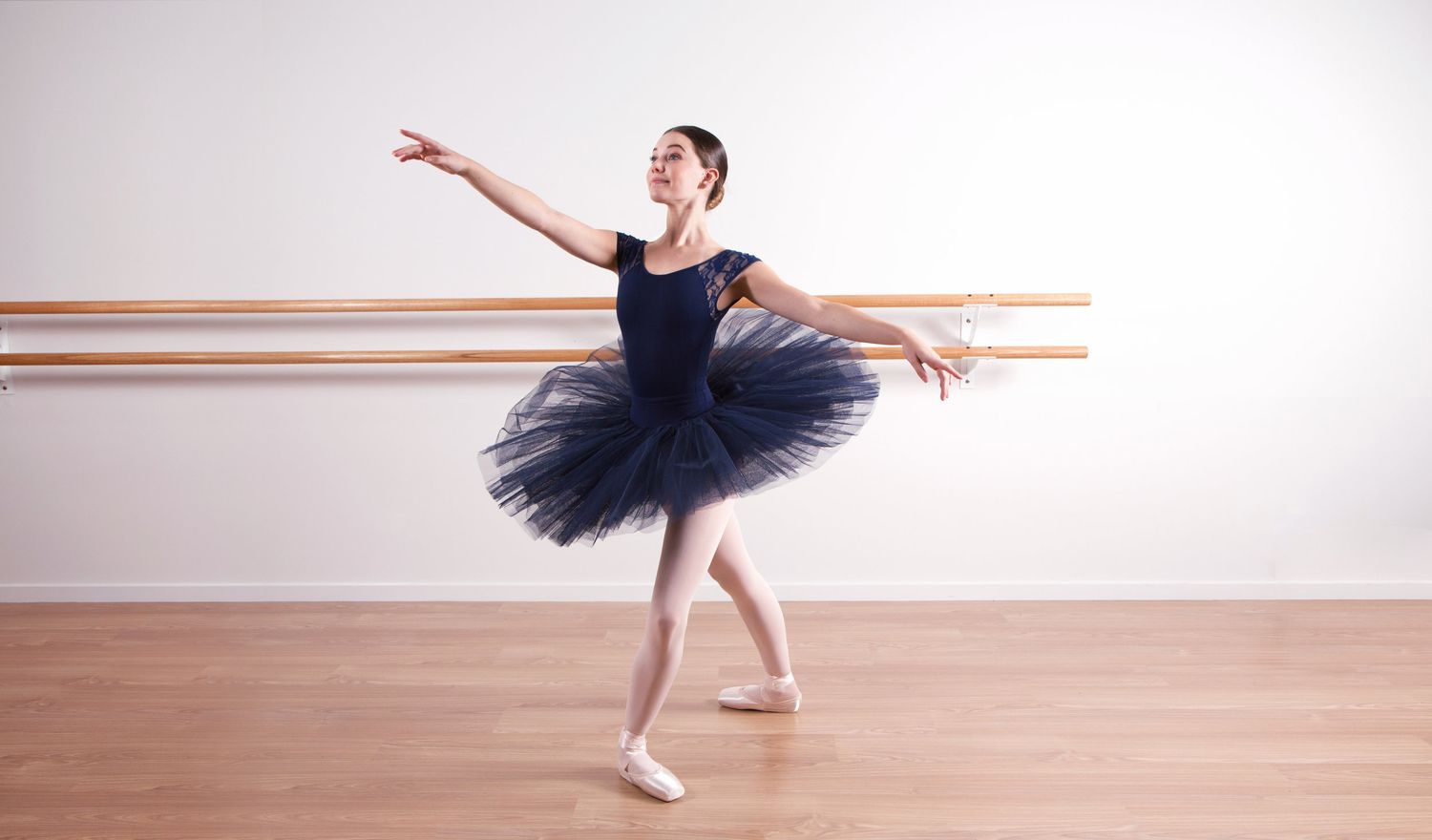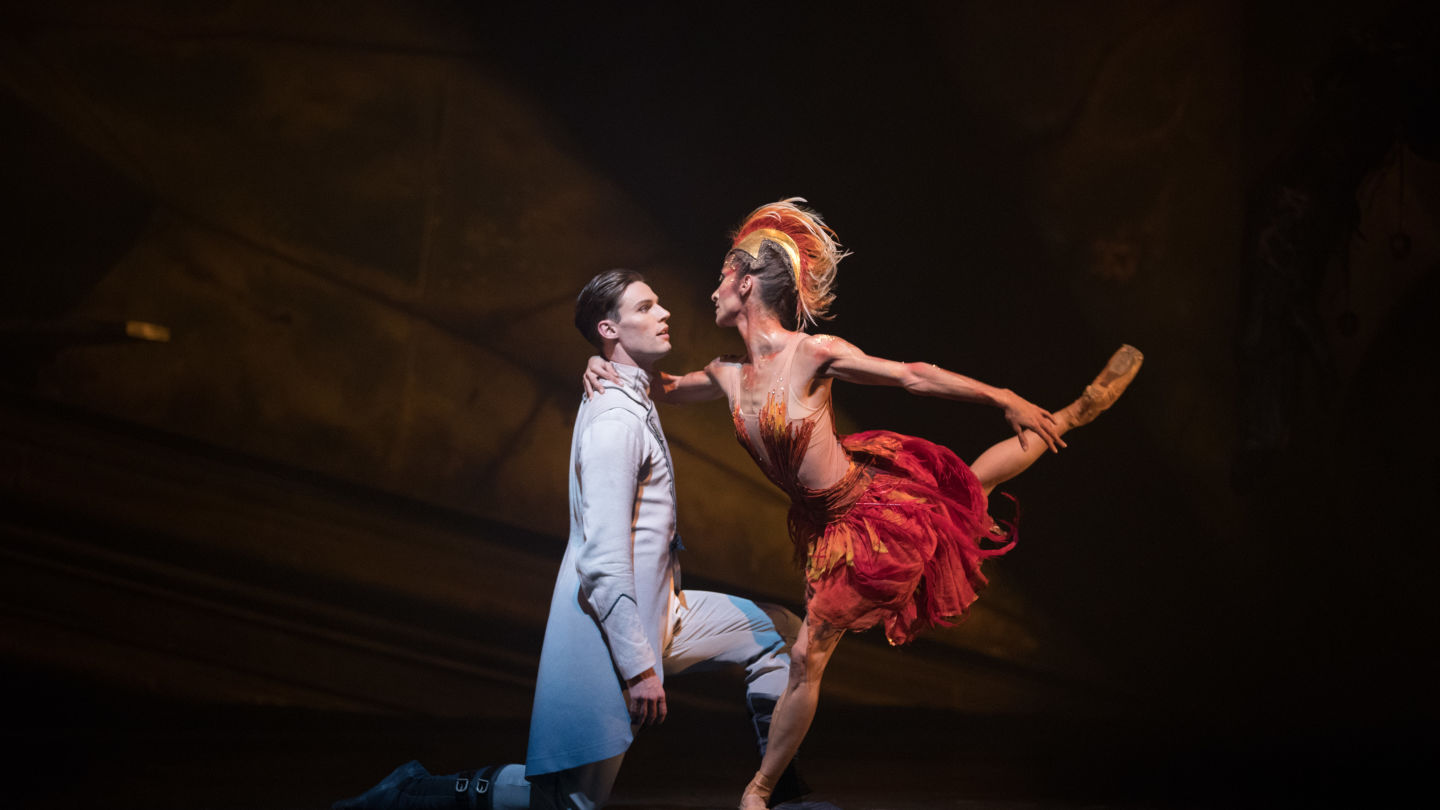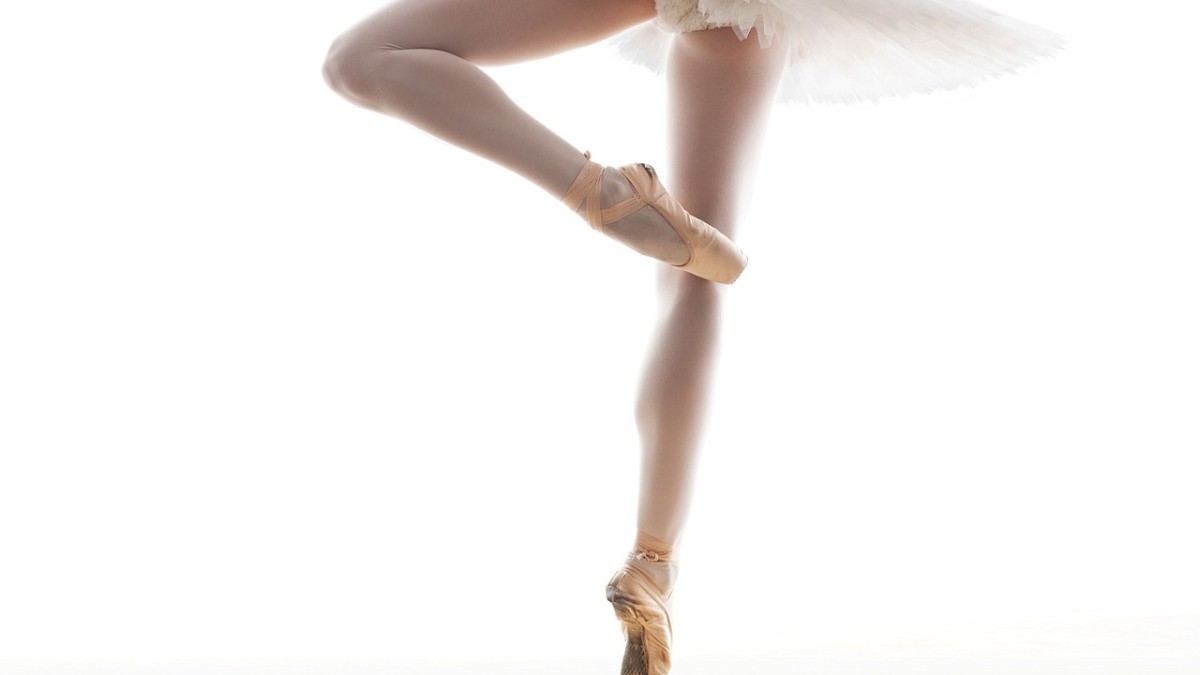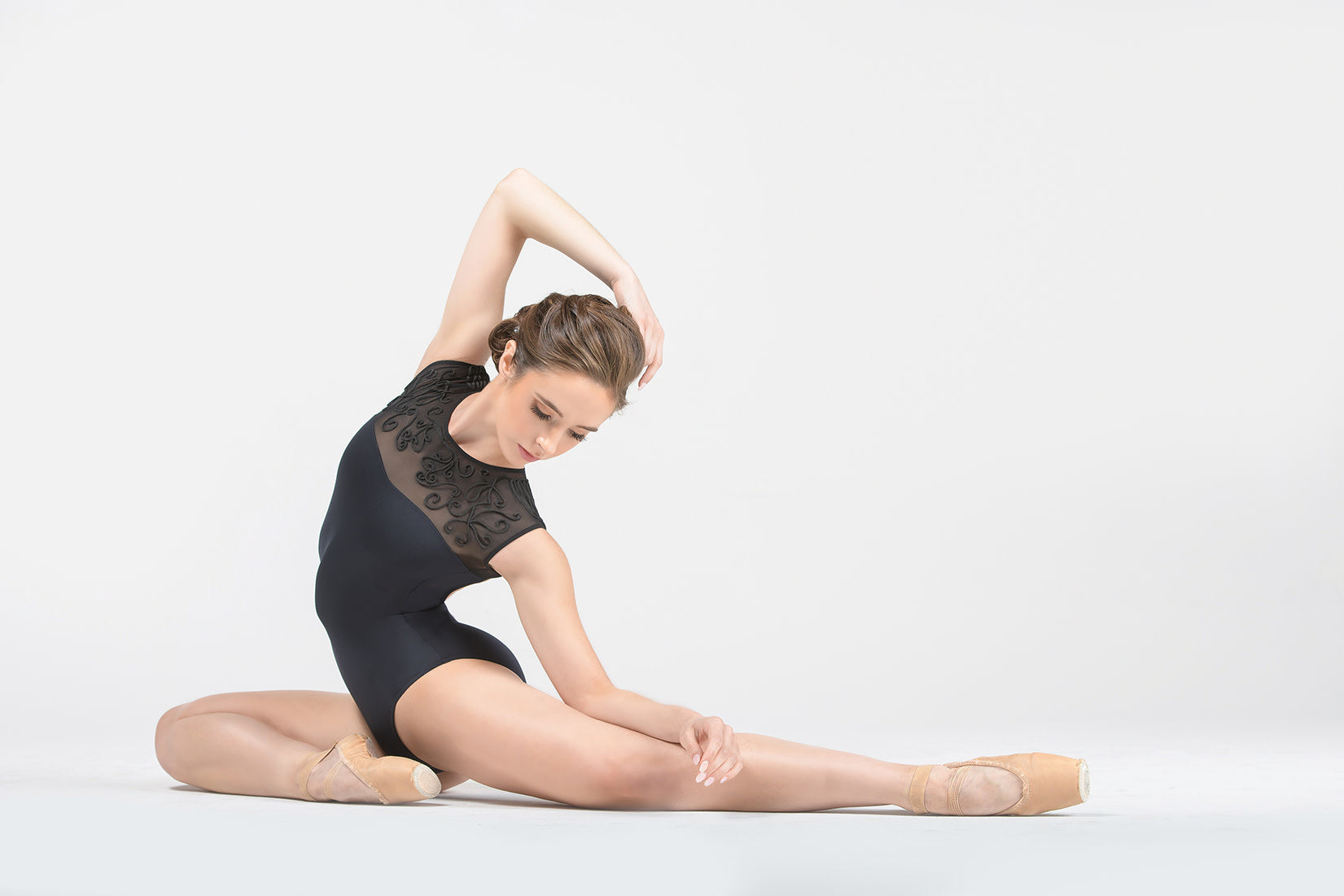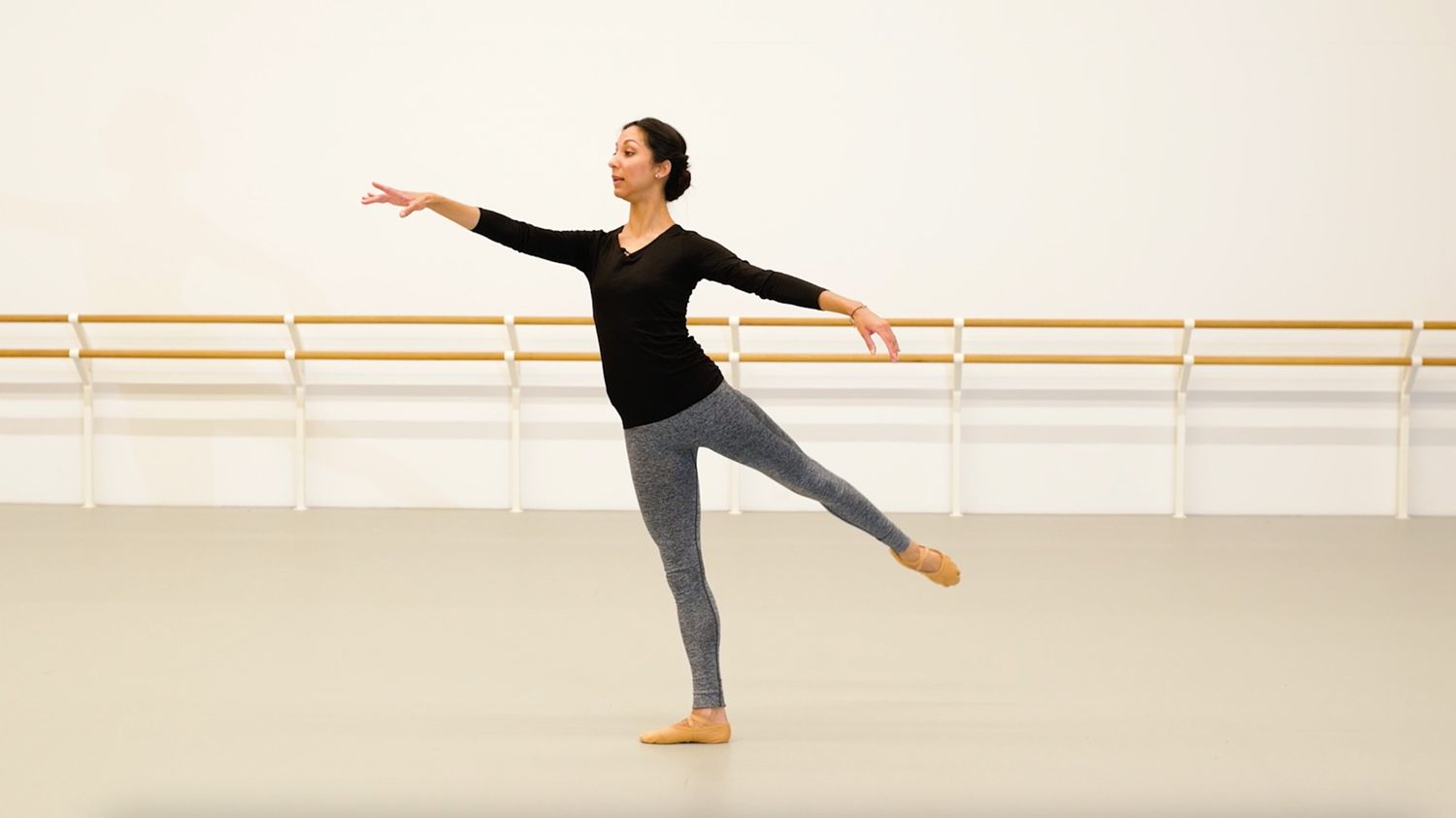Home>Events & Info>Ballet>What Is A Saute In Ballet
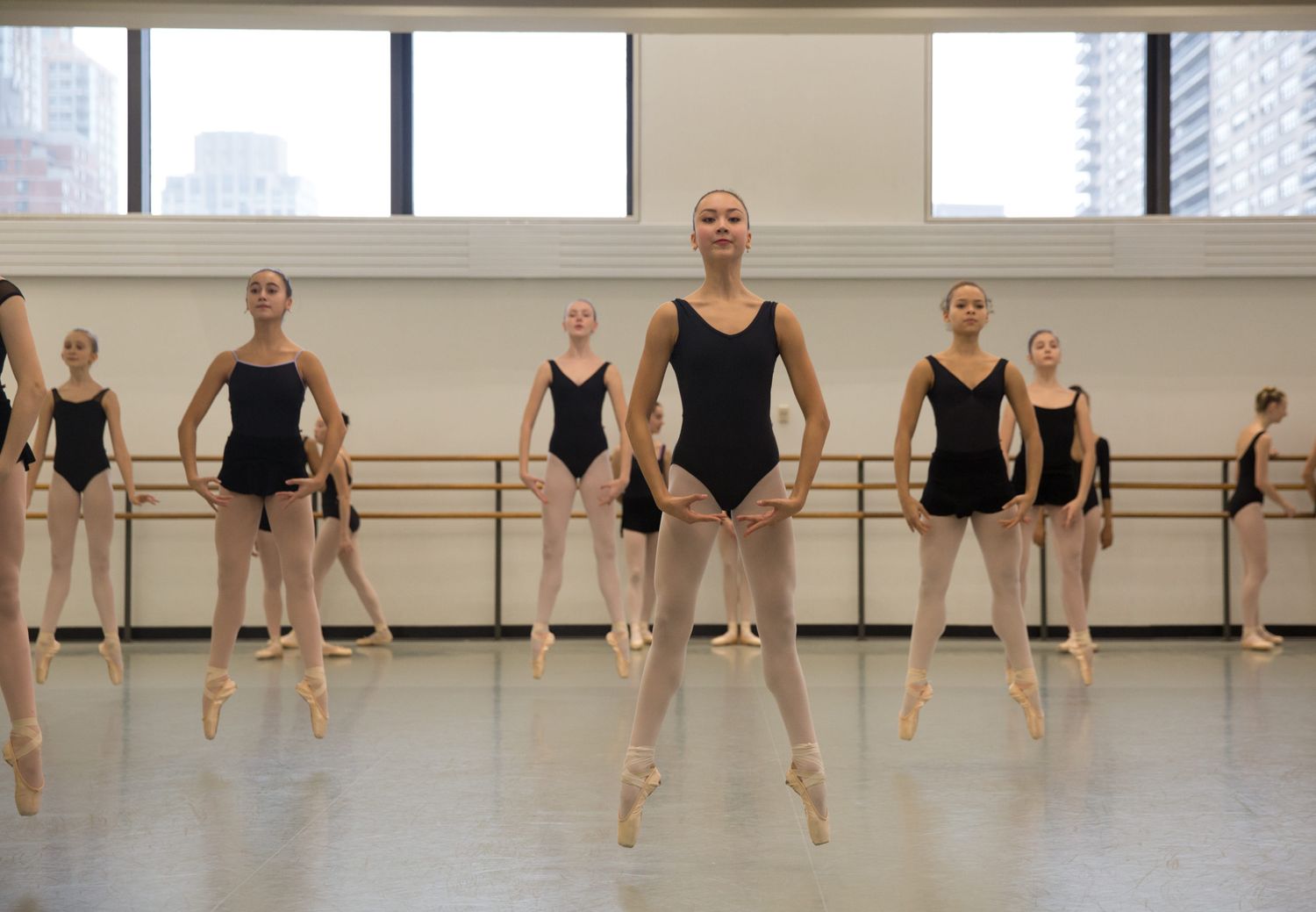

Ballet
What Is A Saute In Ballet
Published: January 9, 2024
Discover the art of saute in ballet and learn how this elegant movement is executed. Explore the beauty and grace of ballet dance.
(Many of the links in this article redirect to a specific reviewed product. Your purchase of these products through affiliate links helps to generate commission for AudioLover.com, at no extra cost. Learn more)
Table of Contents
Introduction
Ballet is a beautiful and expressive art form that captivates audiences with its grace, strength, and precision. Every aspect of ballet requires immense dedication and skill, and one fundamental movement that is essential to master is the sauté.
A sauté, which translates to “jump” in French, is a fundamental movement in ballet that involves a dancer springing off the floor, propelling themselves into the air, and landing with control and grace. It is a versatile movement that is incorporated in various ballet techniques, choreography, and performances.
While sautés may seem effortless and ethereal when performed by skilled dancers, they require proper technique, strength, and coordination. Mastering the sauté is crucial for dancers, as it serves as a foundation for more complex jumps and movements in ballet.
In this article, we will delve into the definition of a sauté in ballet, explore the technique and execution of this movement, discuss its variations and uses in ballet, highlight common mistakes to avoid, and emphasize the importance and benefits of incorporating sautés into ballet training.
Whether you are a ballet student, a dance enthusiast, or a curious beginner, this article will provide valuable insights into the captivating world of sautés in ballet.
Definition of a Sauté in Ballet
In ballet, a sauté is a basic jump that involves springing off the ground with both feet and landing on either two feet or one foot. It is a term derived from the French word “sauter,” which means “to jump.” The sauté is an essential movement that forms the foundation for more advanced jumps and combinations in ballet.
When performing a sauté, dancers use a combination of leg and foot strength, as well as core control, to propel themselves into the air. The movement begins with a plié, a deep bending of the knees, which acts as a preparation to generate power for the jump. The dancer then pushes off the ground using the muscles of the legs and feet, extending the body upwards while maintaining proper alignment.
During the sauté, dancers strive for a light and effortless quality to their jump while maintaining proper technique and control. The arms and upper body complement the movement and may either be held gracefully in a specific position, such as in first or fifth position, or used dynamically to enhance the jump.
Sautés can be performed in various directions, including forward, backward, sideways, and in a turning motion. They can also be executed at different heights, ranging from small and delicate jumps, known as petit sautés, to higher and more powerful jumps, such as grand sautés.
Overall, a sauté in ballet is a foundational movement that requires coordination, strength, and precision. By mastering the technique and execution of sautés, dancers lay the groundwork for more complex jumps and combinations, showcasing their artistry and athleticism on the ballet stage.
Technique and Execution of a Sauté
Mastering the technique and execution of a sauté in ballet requires a combination of strength, control, and proper alignment. Here are the key elements to focus on when performing a sauté:
- Plié: The sauté begins with a plié, which is a deep bending of the knees. This plié serves as a preparation to generate power and spring off the ground. The knees should be aligned over the toes, and the weight evenly distributed between both feet.
- Push and jump: From the plié, the dancer pushes forcefully off the ground using the muscles of the legs and feet, extending the body upwards. The movement should be swift and controlled, with the focus on pushing up rather than forward.
- Feet and legs: As the dancer jumps, the feet leave the ground simultaneously, maintaining proper foot alignment. The legs should be extended and fully stretched, with pointed feet and toes. The ankles should be strong and engaged to create a beautiful line in the legs.
- Core engagement: Throughout the sauté, it is important to engage the core muscles for stability and control. This helps maintain proper alignment and balance during the jump.
- Landing: The landing is just as important as the takeoff. The dancer should focus on landing softly and silently, rolling through the feet from toe to heel. The knees should be slightly bent to absorb the impact and maintain balance.
- Arms and upper body: The arms and upper body play a crucial role in a sauté. They can be used to create balance, enhance the aesthetics of the movement, and convey emotion. The position of the arms can vary depending on the ballet technique or choreography.
It is important to note that proper body alignment and technique are essential for executing a sauté correctly. The head should be held high, shoulders relaxed, and the back and neck lengthened. Alignment is crucial to maintain grace, control, and prevent injuries.
As with any ballet movement, consistent practice, under the guidance of a qualified ballet instructor, is necessary to develop the strength, technique, and control required for executing sautés with precision and artistry.
Variations and Uses of Sauté in Ballet
The sauté, being a fundamental movement in ballet, has various variations and applications within the ballet repertoire. Here are some notable variations and uses of the sauté:
- Grand Sautés: Grand sautés are high and powerful jumps that showcase a dancer’s strength and athleticism. These jumps often involve large, expansive movements, such as grand jetés and tour jetés, where the dancer extends their legs and body horizontally in the air before landing.
- Petit Sautés: Petit sautés are smaller, quicker jumps that are performed with lightness and precision. These jumps are commonly seen in petite allegro combinations, where dancers execute a series of small, rapid sautés in quick succession.
- Sauté de Chat: Sauté de Chat, meaning “cat’s jump” in French, is a jump where the leading leg is lifted to the side while the trailing leg is brought up to meet it in the air, creating a split position. This jump requires strength, flexibility, and coordination.
- Sault de Basque: Saut de Basque is a complex and intricate jump originating from the ballet technique of the same name. It involves a turning jump with the body turning inwards while the legs are extended in a split position. This jump showcases advanced technique and control.
- Sauté Turn: The sauté turn combines the sauté with a turning movement. Dancers launch themselves into the air with a sauté and execute one or multiple rotations while in the air before landing. This jump requires excellent technique, balance, and spotting.
In addition to these variations, sautés are commonly used within ballet choreography to create dynamic and visually captivating movements. They can be incorporated into allegro (jumping) sequences, as well as in ballets’ iconic scenes, such as the famous “Dance of the Sugar Plum Fairy” from “The Nutcracker,” where sautés are used to convey grace and lightness.
Sautés also serve as building blocks for more complex jumps and combinations. By mastering the technique and execution of the sauté, dancers develop the necessary strength, coordination, and control to progress to more advanced steps and movements in ballet.
Ultimately, the variations and uses of the sauté in ballet highlight its versatility and importance in the art form, adding depth, dynamism, and beauty to the performances of ballet dancers.
Common Mistakes to Avoid in Sauté
While the sauté may seem like a simple jump, there are several common mistakes that dancers should be aware of and strive to avoid. By addressing these mistakes, dancers can improve the quality and execution of their sautés. Here are some common errors to watch out for:
- Lack of proper plié: One of the most crucial elements of a successful sauté is a deep, well-executed plié. Failing to fully bend the knees and generate enough power can result in a weak and low jump. It is important to focus on maintaining a proper plié and using it as a foundation for a powerful and controlled takeoff.
- Improper alignment: Maintaining proper alignment throughout the sauté is essential for both aesthetics and injury prevention. Common alignment mistakes include collapsing in the upper body, leaning too far forward or backward, and sickling or winging the feet. It is important to work on body awareness and ensure that the body remains balanced and aligned throughout the jump.
- Insufficient core engagement: The core plays a significant role in providing stability and control during the sauté. Neglecting to engage the core muscles can lead to a lack of control and balance. To improve the execution of sautés, dancers should focus on activating and strengthening their core to maintain stability throughout the jump.
- Inadequate foot and leg articulation: The feet and legs should be properly pointed and fully extended during the sauté. Neglecting to fully articulate the feet and legs can result in lessened aesthetic quality and a lack of precision. Paying attention to foot and leg articulation and consistently practicing proper technique will enhance the quality of sautés.
- Rushed or sloppy landings: A common mistake is neglecting the importance of the landing. Rushing the landing or failing to properly roll through the feet can lead to a lack of control and potential injuries. Dancers should focus on landing with control, softly and silently rolling through the feet from toe to heel, and maintaining a slight bend in the knees to absorb the impact.
It is crucial for dancers to be mindful of these common mistakes and actively work on correcting them. By addressing these errors, dancers can enhance the quality, aesthetics, and safety of their sautés, ultimately improving their overall ballet technique.
Importance and Benefits of Sauté in Ballet Training
The sauté is an integral part of ballet training, and its importance extends beyond being a simple jump. Here are the key reasons why sautés are crucial in ballet training:
- Building strength: The sauté requires significant lower body strength, particularly in the legs and feet, as well as core engagement. Regular practice of sautés helps develop the necessary muscle strength and control, allowing dancers to execute more advanced jumps and movements with precision and power.
- Improving coordination and balance: Sautés require coordination between the legs, feet, arms, and body. By consistently practicing sautés, dancers improve their coordination skills, learning to synchronize their movements with proper timing and alignment. The repeated action of jumping and landing also enhances balance and stability.
- Enhancing technique: Mastering the technique and execution of sautés lays a solid foundation for other ballet movements and jumps. Sautés teach dancers important elements such as proper plié technique, alignment, foot and leg articulation, and controlled landings. By honing these fundamental skills, dancers improve their overall ballet technique.
- Developing artistry: Sautés provide an opportunity for dancers to express their artistry and musicality. Through variations in height, speed, and style, dancers can bring their individual flair and interpretation to sautés, making them visually captivating and emotionally engaging for audiences.
- Preparing for repertoire: Many ballet variations and choreographies incorporate sautés, making them an essential component of a dancer’s repertoire. By mastering sautés in training, dancers can confidently perform these jumps in the context of performances, showcasing their skills and versatility.
- Physical conditioning: Sautés are physically demanding, requiring cardiovascular endurance and muscle strength. Regularly incorporating sautés into ballet training helps improve overall fitness levels, stamina, and endurance, enabling dancers to meet the demands of rigorous ballet classes and performances.
Overall, sautés play a multifaceted role in ballet training. They contribute to physical conditioning, technical proficiency, artistic expression, and performance readiness. By dedicating time and effort to mastering the sauté, dancers can reap the numerous benefits it offers, facilitating their growth and progress in the world of ballet.
Conclusion
The sauté is a fundamental and versatile movement in ballet that holds immense importance in a dancer’s training. From the basic jump to the more complex variations, sautés require strength, technique, coordination, and artistry. Mastering this movement not only enhances a dancer’s overall ballet technique but also prepares them for more challenging jumps and performances.
Throughout this article, we have explored the definition of a sauté in ballet, delved into its technique and execution, discussed its variations and uses, highlighted common mistakes to avoid, and emphasized the significance and benefits of sautés in ballet training.
From the powerful grand sautés to the quick and precise petit sautés, sautés serve as building blocks for other jumps and combinations in ballet. They improve strength, coordination, balance, and artistry, while also contributing to physical conditioning and technical proficiency.
It is important for dancers to consistently practice sautés, under the guidance of a qualified ballet instructor, in order to refine their skills and develop a strong foundation. By focusing on proper alignment, foot and leg articulation, core engagement, and controlled landings, dancers can elevate the quality and execution of their sautés.
Whether you are a ballet student, a dance enthusiast, or someone who appreciates the beauty of ballet, understanding and appreciating the significance of sautés enriches your experience of this captivating art form. So, let us continue to marvel at the grace and athleticism of dancers as they effortlessly soar through the air, mastering the elegance of the sauté in their ballet journey.

